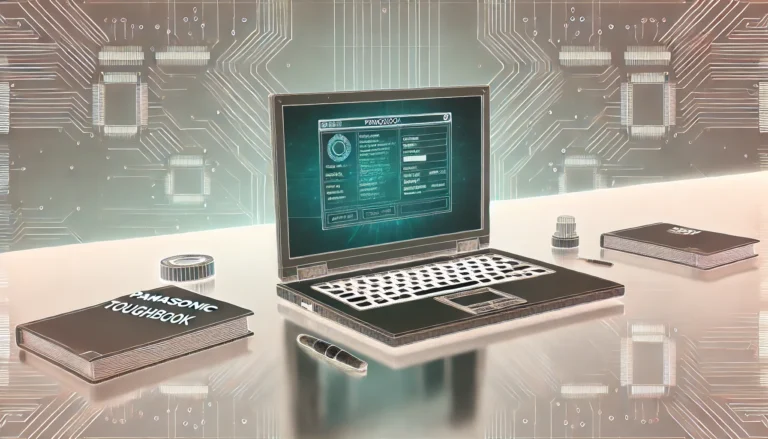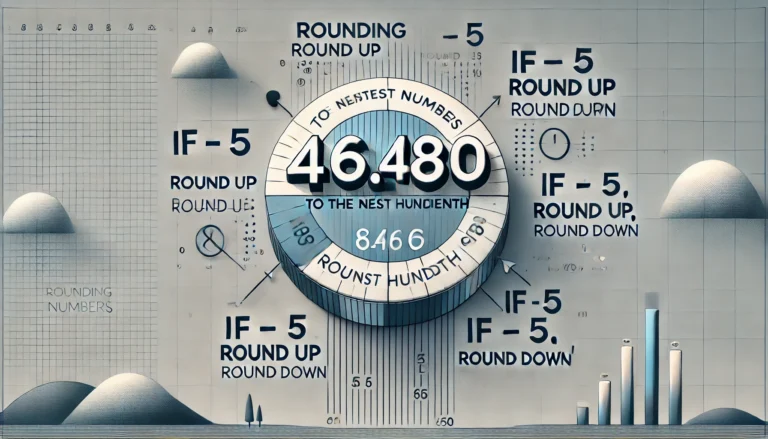
In recent years, the use of Passive Integrated Transponder (PIT) tags for tracking fish populations has become a fundamental tool in fisheries management and aquatic research. PIT tags offer a reliable, non-invasive, and durable method for tagging individual fish, enabling researchers to monitor their movements, survival rates, and behaviors over time. As large-scale tagging projects expand globally, questions arise about the cost-effectiveness of PIT tag reader, which are essential to retrieving data from the tags.
In 2024, with advancements in technology and increased demand for sustainable fishery practices, the cost-effectiveness of PIT tag reader has become an important consideration for researchers, conservationists, and commercial operations alike. This article delves into how cost-effective PIT tags readers are for large-scale fish tagging projects, exploring both the initial investment and long-term benefits they provide.
What Are PIT Tag Reader and How Do They Work?
PIT tag reader are devices that detect and read the unique identification number embedded in a PIT tag, which is implanted in fish. The reader uses radio-frequency identification (RFID) technology to pick up the signal emitted by the tag when it comes into proximity with the reader. This technology enables researchers to monitor the movement and behavior of fish without the need for recapture, reducing stress on the fish and labor costs for researchers.
Why use PIT tags for fish tracking?
- Longevity: PIT tags can last up to 20 years, making them suitable for long-term studies.
- Non-invasiveness: Once implanted, PIT tags remain in the fish without harming them or affecting their behavior.
- Accuracy: Each tag has a unique identification number, ensuring accurate data collection for individual fish.
PIT tags readers are essential for interpreting the data provided by the tags, and their efficiency is directly linked to the success of fish tracking projects.
Cost Factors of PIT Tag Reader
When assessing the cost-effectiveness of PIT tag reader for large-scale projects, it’s important to consider both the initial costs and long-term financial benefits.
1. Initial Investment
The initial cost of PIT tags readers can vary widely depending on their features and the scale of the project. Basic handheld PIT tags readers may cost between $500 to $1,500, while advanced models designed for high-volume data collection, such as stationary or automated readers, can range from $2,000 to $10,000 or more.
Additionally, the price of PIT tags themselves needs to be factored in, with costs ranging from $2 to $5 per tag, depending on the tag’s specifications (size, durability, etc.). For large-scale projects tagging thousands of fish, this upfront cost can seem steep.
However, bulk pricing is often available for large projects, significantly reducing the cost per tag. For example, bulk orders of PIT tags can bring the price down to $1.50 to $2 per tag, providing savings for large-scale tagging efforts.
2. Operational Costs
Aside from the initial purchase, operational costs include maintenance, repairs, and any necessary upgrades to ensure the reader continues to perform optimally. Some advanced readers are designed with minimal maintenance in mind, further lowering the cost of long-term use. Moreover, with more durable and energy-efficient designs in 2024, these readers can operate with less frequent battery replacements and fewer technical issues.
3. Labor and Efficiency Savings
One of the most significant advantages of using PIT tags readers is their ability to reduce labor costs. Traditional tagging methods, which often require physical recapture of fish, can be labor-intensive, requiring significant manpower and time. PIT tags readers, particularly stationary or automated systems, allow for continuous data collection without the need for manual handling of the fish, making them a highly efficient solution for large-scale projects.
For instance, automated PIT tags readers placed in strategic locations, such as fish ladders or migration routes, can monitor fish 24/7, collecting data from thousands of individuals without additional labor. This leads to considerable long-term savings in terms of human resources and time spent in the field.
Cost-Benefit Analysis for Large-Scale Projects
1. Scalability
For large-scale fish tagging projects, the cost of purchasing and maintaining PIT tags readers is often outweighed by the scalability of the technology. As the number of tagged fish increases, the cost per data point decreases. Large-scale projects that tag thousands or even millions of fish stand to benefit the most from this cost-saving model.
2. Data Quality and Research Outcomes
The data collected by PIT tags readers is often of higher quality and more reliable than data collected using traditional methods, leading to more accurate research outcomes. This improved data quality can result in better management decisions for fisheries, more effective conservation efforts, and a higher return on investment for research institutions.
Moreover, in 2024, advancements in data analysis software compatible with PIT tags readers are making it easier for researchers to process and analyze large datasets. These software packages, often integrated with the readers, streamline the workflow, allowing for faster and more precise data interpretation.
3. Environmental and Conservation Benefits
The environmental benefits of using PIT tags cannot be overstated. Unlike some other tagging methods, PIT tags do not require regular recapture, minimizing stress on fish populations. This is particularly valuable in conservation-focused projects where the goal is to monitor endangered species or assess the impact of environmental changes on aquatic ecosystems.
By improving the health and survival rates of tagged fish, PIT tags contribute to the sustainability of fish populations, making them an essential tool for both conservationists and commercial fisheries.
Case Study: Cost-Effectiveness in Action
A study conducted by a large fisheries research institution in the Pacific Northwest examined the cost-effectiveness of PIT tag reader over a 10-year period. The project involved tagging over 500,000 fish and installing automated PIT tags readers along key migration routes.
The initial investment in PIT tags and readers amounted to approximately $1.5 million. However, the project saved an estimated $3 million in labor costs due to the efficiency of the readers and the reduced need for manual fish recapture. The data collected also contributed to significant improvements in fishery management policies, leading to increased fish survival rates and a healthier ecosystem.
The cost-benefit analysis clearly demonstrated that PIT tags readers provided substantial long-term savings and valuable data, making them a cost-effective solution for large-scale fish tagging projects.
Voda IQ: Advancing PIT Tag Technology
As technology evolves, companies like Voda IQ are leading the way in providing advanced PIT tags readers that are both affordable and efficient. Their latest models offer enhanced durability, longer battery life, and seamless data integration with cloud-based platforms, allowing researchers to access and analyze data in real-time.
Voda IQ continues to innovate in this space, making PIT tags readers more accessible to a broader range of users, from small research teams to large commercial fisheries. By keeping costs low while maintaining high-quality standards, they are helping to make PIT tag reader a more viable option for large-scale projects.
FAQs About PIT Tags Readers for Large-Scale Fish Tagging
1. How long do PIT tags and readers last?
- PIT tags can last up to 20 years, while most PIT tags readers are built to be durable and can function effectively for several years with minimal maintenance.
2. Can PIT tags readers work in saltwater environments?
- Yes, many PIT tags readers are designed to function in both freshwater and saltwater environments, with special coatings to prevent corrosion and ensure longevity.
3. What is the range of a typical PIT tags reader?
- The reading range for PIT tags readers can vary from a few centimeters for handheld models to several meters for stationary or automated systems, depending on the reader’s specifications.
4. Are PIT tags readers easy to use?
- Yes, modern PIT tags readers are designed to be user-friendly, with intuitive interfaces and features that allow for easy data collection and transfer.
5. How much do large-scale fish tagging projects cost?
- The cost of large-scale fish tagging projects depends on the number of fish tagged, the type of PIT tags and readers used, and the length of the study. However, bulk pricing and advancements in technology are making these projects more affordable.
Conclusion: Are PIT Tag Reader Worth the Investment?
In 2024, PIT tags readers continue to prove their cost-effectiveness, especially for large-scale fish tagging projects. While the initial investment may seem significant, the long-term savings in labor, improved data quality, and positive environmental impacts make them a wise choice for researchers and fisheries alike. The benefits far outweigh the costs, ensuring that PIT tags readers remain a crucial tool for aquatic research and conservation.
Are you considering using PIT tag reader for your next fish tagging project? What factors are influencing your decision?
Also know about




